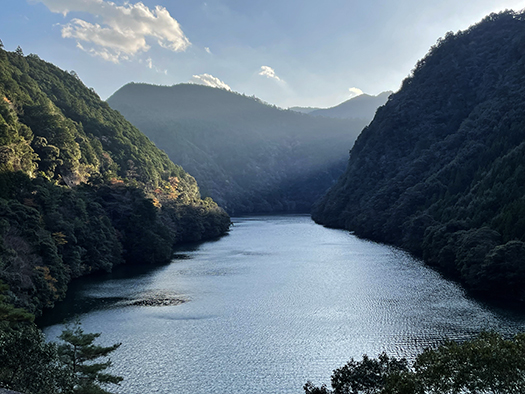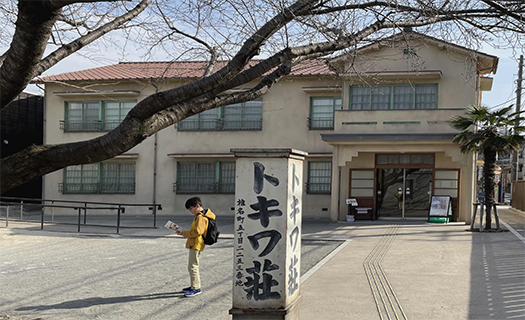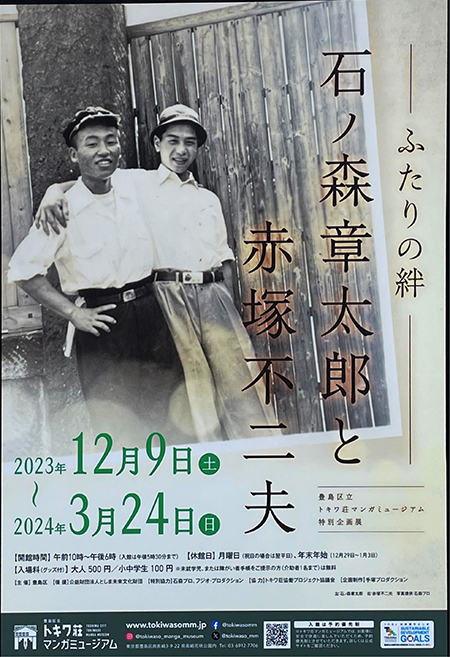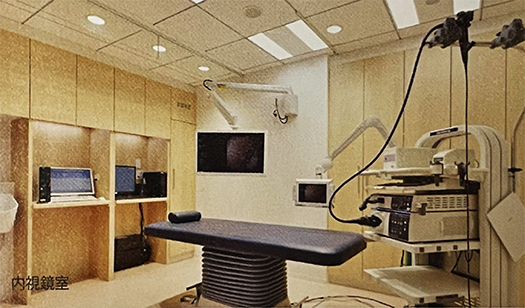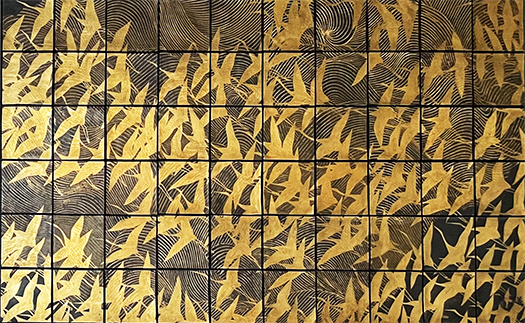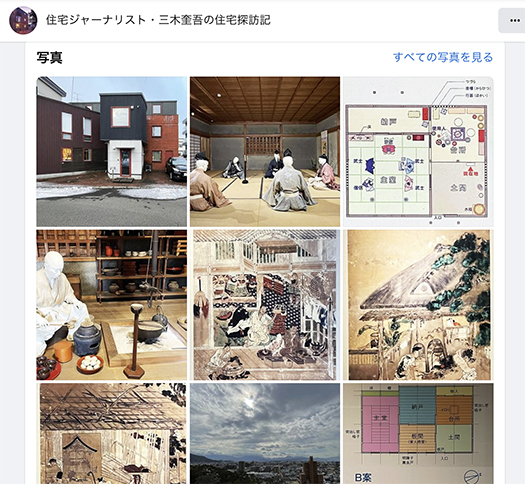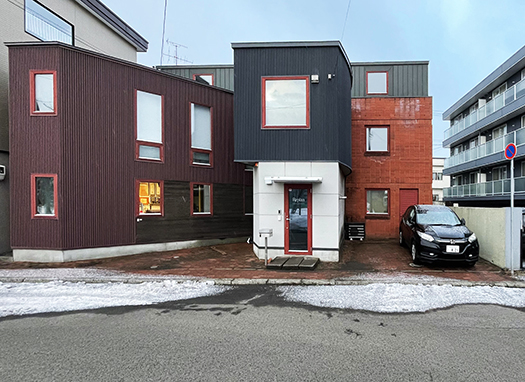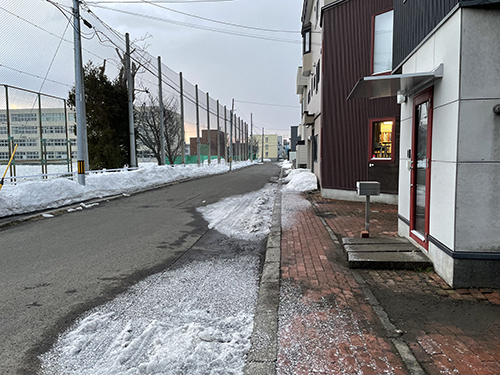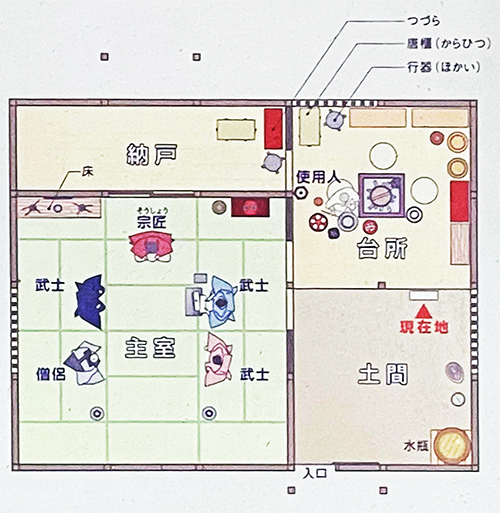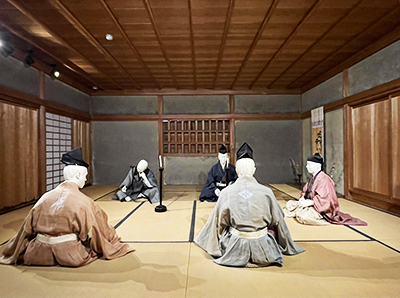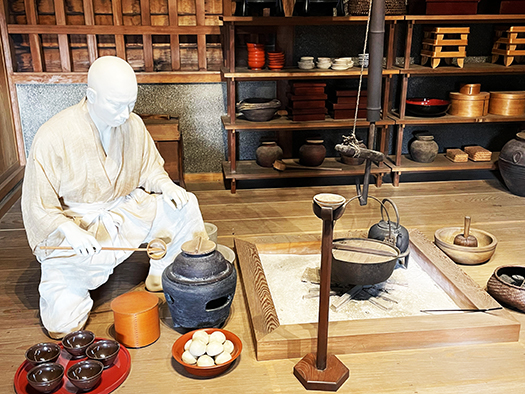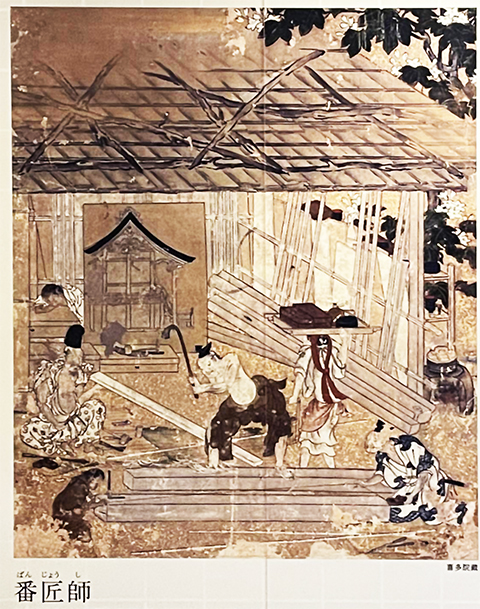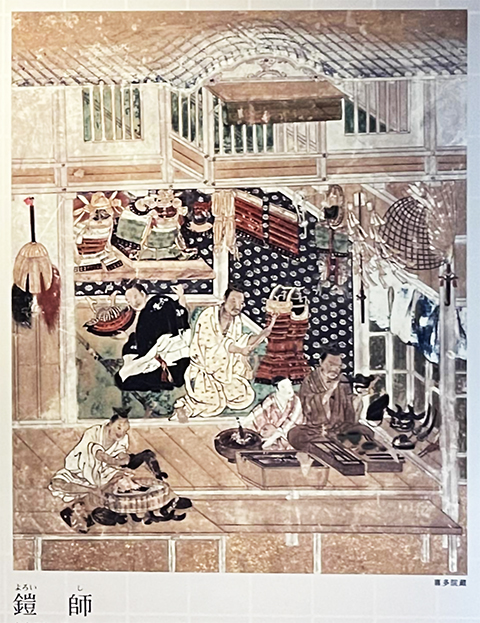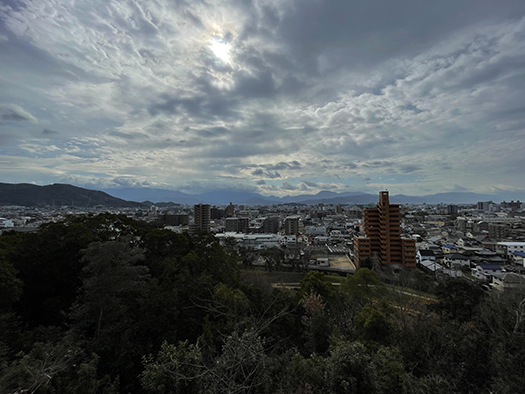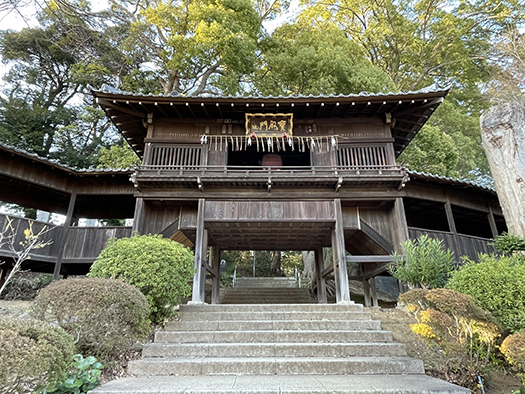
いろいろな場所に行って、そこで感じる、とくに建築や住宅への感覚についてこころが向かうようになっていった。職業的に住宅メディアというものを作ってきたことが、そういう自分に仕向けていったということなのだろうか。いわば習い性、ということか。
それともその建物を愛してきたひとの思いというものが木霊のように、訴えかけている。それがたまたまわたしという個性に対して、より強く迫ってくるということなのだろうか。
人間は家を建てるという機会がひとつの人生の「目標」でもあると言われてきた。
日本人というのは、そういう意識がとくに強い民族性を持っているように感じる。それはその個人が生きてきた空間への「感受性」を「表現」することができる機会だったのだろう。
そういう感性をとくに強く持っていないケースでも、立地環境を選択するなどの「機会」で、自分自身の中のある「選択基準」を重視するというカタチで人生時間を過ごす空間への好みは発揮されるだろう。
いわんや、注文住宅に於いておや。
建物を作り出すのは人間であり、それを享受するのも人間。どんなに「創造性」に鈍い感受性を持った人でも、ある好みはそこに反映させているのだと思うのです。そういう「場の空気感」というようなものを、自分で選択したり、あるイメージを実現できる機会というのは稀有。
取材者として空間に向かい合うときに、そんな内語的な部分が起動している。
写真は千葉県市川市にある「市川法華堂」のなかの一建築。正しくは「正中山法華経寺」。
そのなかの宝殿門といわれる建物のようです。以下HPより要旨。
〜法華経寺祖師堂のちょうど裏側、祖師堂と荒行堂の間にあり、門の下の石段を昇ると聖教殿へと続きます。石段の上左側には毛塚静枝の歌碑「聖教殿へ霜一枚のいしだたみ」があります。また、宝殿門は太客殿、荒行堂、祖師堂を結ぶ回廊でもあります。〜
まさに「回廊」という建築意図通り、左右に空中回廊がつながっている。正面には豊かな庭園の景観が見えている。なにかに誘っているかのようなプロポーションが見えてくる。
わたしは宗派が違うので遠慮しながら空間を見させていただいていたけれど、ほかの大建築群のなかでこの建物に、いちばんこころが反応してしまっていた。「お、いいじゃん、これ」。
その心理反応がなにに由来するのかはよくわからないけれど、全体の「空気感」が訴えかけてくるように思えるのですね。回廊のなかでの「句読点」的な建築になっているのかもしれない。修行僧たちが、ここで一拍こころにスイッチを入れる、みたいな。結果としてこの建築が果たしてきた役割が透明に響いてくるものかも知れない。
住宅建築でも、こんなこころの句読点という要素は大きいだろう。オモシロいのですね。
English version⬇
The “atmosphere” created by architecture and the human perception of it.
I felt “Kirei – Kodama” in the architecture of the Lotus Sutra temple, which is a different sect from my own. I was taught about the architectural element of “kodama,” or the opportunity for the heart to rest. The “atmosphere” and human reception that is created by the architecture of the Lotus Sutra Temple
I have been to many places, and my mind has been drawn to the sensations I experience there, especially with regard to architecture and housing. I wonder if it is because of my professional experience in creating housing media that I have become this way. Is it a habit, so to speak?
Or is it that the thoughts of those who have loved the building are appealing to me like the spirit of a tree? Is it that it is more strongly appealing to me as an individual by chance?
It has been said that the opportunity to build a house is one of the “goals” of human life.
I feel that the Japanese have a particularly strong sense of this. It was an opportunity for them to “express” their “sensitivity” to the space in which they lived.
Even those who do not have such a strong sense of sensibility may still demonstrate their preference for the space in which they spend their life time by emphasizing certain “selection criteria” within themselves when they have the “opportunity” to choose the location of their home.
In the case of custom-built housing, of course.
It is human beings who create buildings, and it is also human beings who enjoy them. I believe that no matter how dull one’s sensitivity to “creativity,” certain preferences are reflected there. It is a rare opportunity to be able to choose such “atmosphere of a place” and realize a certain image by oneself.
When I face a space as an interviewer, such an internal narrative is activated.
The photo shows one of the buildings in the “Ichikawa Hokke-do” in Ichikawa City, Chiba Prefecture. The correct name is “Shonchuzan Hokkekyo-ji Temple.
It seems to be a building called “Hodenmon” within the temple. The following is a summary from the website.
〜It is located between the Soshido and Aragyo-do, just behind the Soshido of Hokkekyo-ji Temple. At the top of the stone steps, on the left side, there is a monument by Shizue Kezuka, entitled “Seikyoden e frost ippai no ishidatami” (“A piece of frost ishidatami to the Seikyoden”). Hodenmon also serves as a corridor connecting Taiga-den, Aragyo-do, and Soshido-Do. ~.
Exactly as the architectural intent of “corridor” suggests, there is an aerial corridor connecting the left and right sides of the building. In front of the hall, there is a view of the lush garden. The proportions of the building look as if they are inviting us to something.
I was reserved in looking at the space because I belong to a different religious sect, but among the other large buildings in the complex, this one was the one that most struck my heart. I thought to myself, “Wow, this is nice.
I don’t know what the psychological reaction was derived from, but the overall “atmosphere” of the building seemed to appeal to me. Perhaps it is the “punctuation point” of the architecture within the cloister. It is as if the monks who are practicing asceticism turn on their minds for a beat here. As a result, the role played by this architecture may resonate transparently.
Even in residential architecture, such an element of mental punctuation may be significant. It is omoshiroi, isn’t it?
Posted on 4月 7th, 2024 by 三木 奎吾
Filed under: 住宅マーケティング | No Comments »



